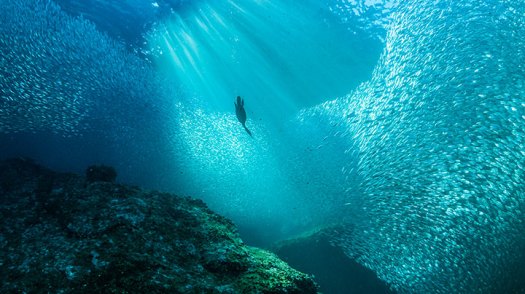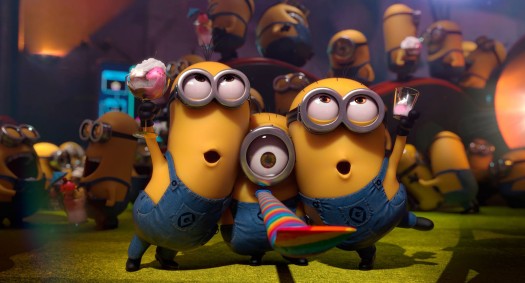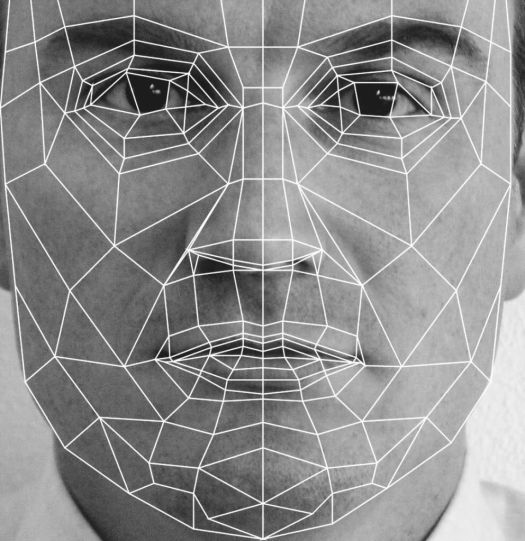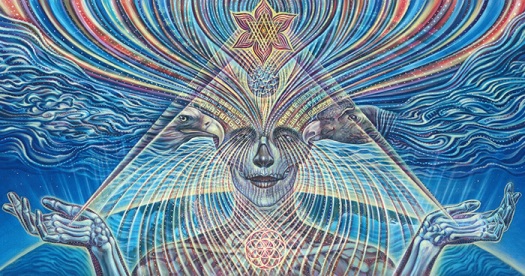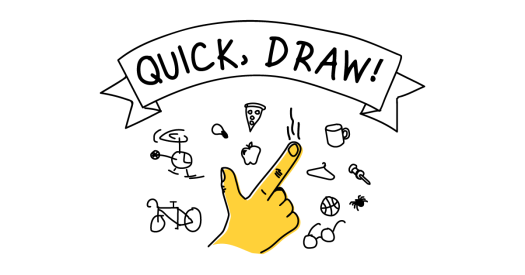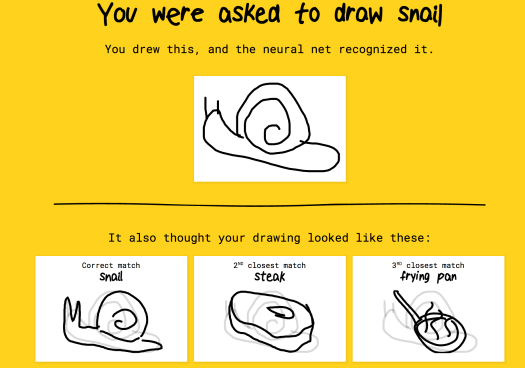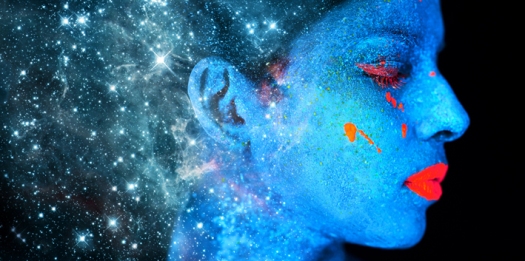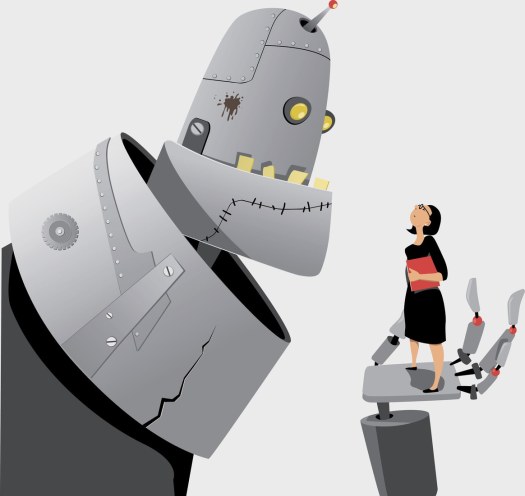
“Evorus recruits crowd workers on demand from Amazon Mechanical Turk to answer questions from users, with the crowd workers voting on the best answer. Evorus also keeps track of questions asked and answered and, over time, begins to suggest these answers for subsequent questions. The researchers also have developed a process by which the AI can help to approve a message with less crowd worker involvement.”
Evorus is available here: http://talkingtothecrowd.org/
Currently, most chatbots can sufficiently reply to basic conversations and demands, but the scope of their capacities are quite narrow. However, since Evorus incorporates human replies and feedback, there are more possibilities open for conversational chatbots. Jeff Bigham, associate professor in the Human-Computer Interaction Institute says, “with the exception of concierge or travel services for which users are willing to pay — agents that depend on humans are too expensive to be scaled up for wide use.”
“Keeping humans in the loop also reduces the risk that malicious users will manipulate the conversational agent inappropriately, as occurred when Microsoft briefly deployed its Tay chatbot in 2016, said Ting-Hao Huang, a Ph.D. student in the Language Technologies Institute (LTI). Huang developed Evorus with Bigham and Joseph Chee Chang, also a Ph.D. student in LTI.”
References
Carnegie Mellon University. “Crowd workers, AI make conversational agents smarter: Human/machine hybrid system can answer wide array of questions.” ScienceDaily. ScienceDaily, 7 February 2018. <www.sciencedaily.com/releases/2018/02/180207101710.htm>.

